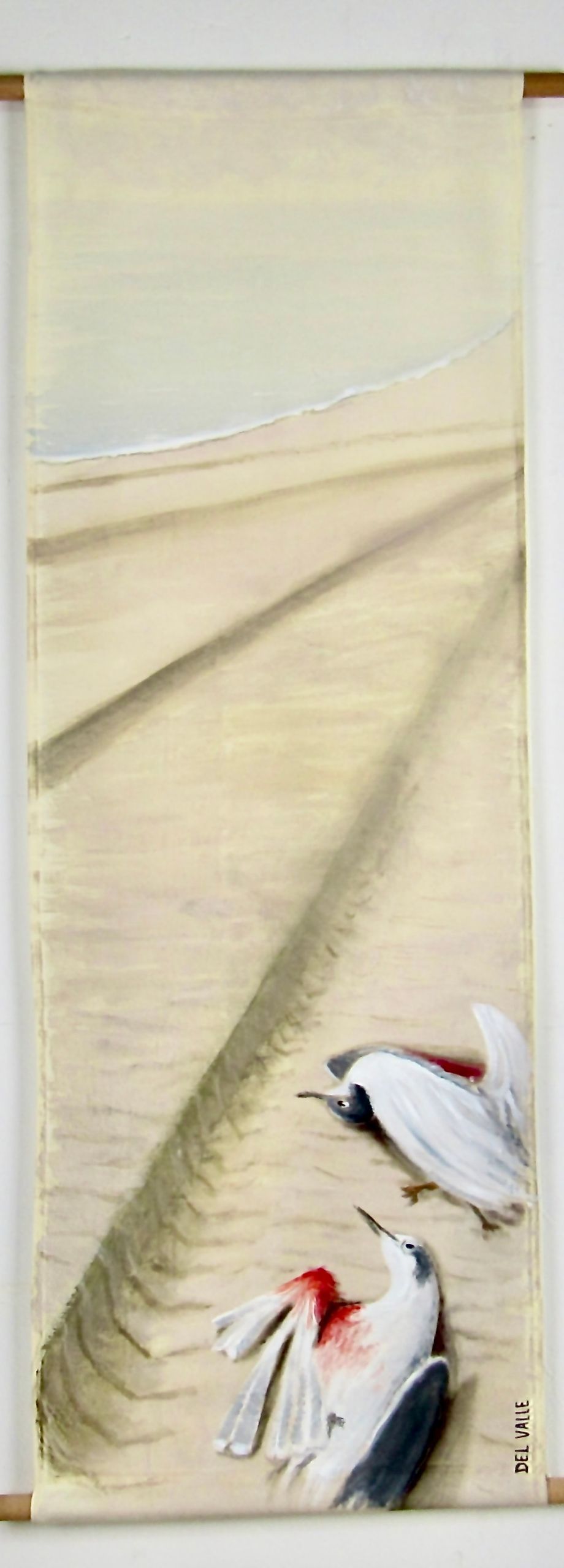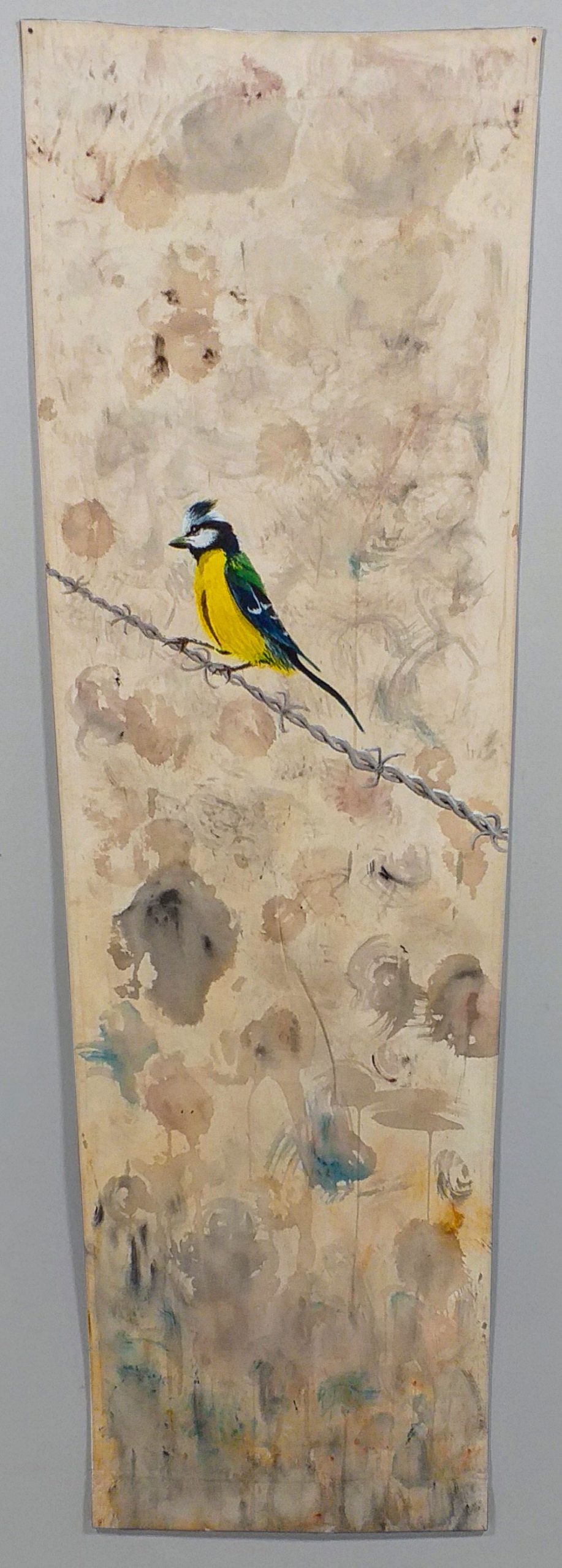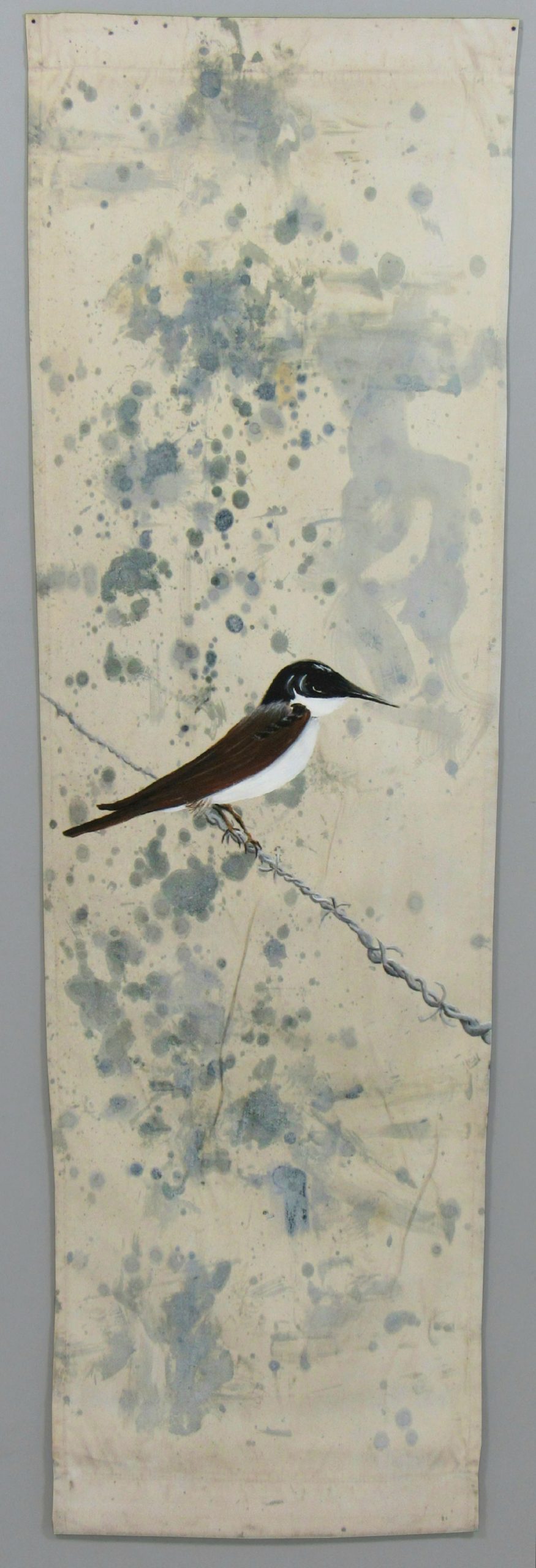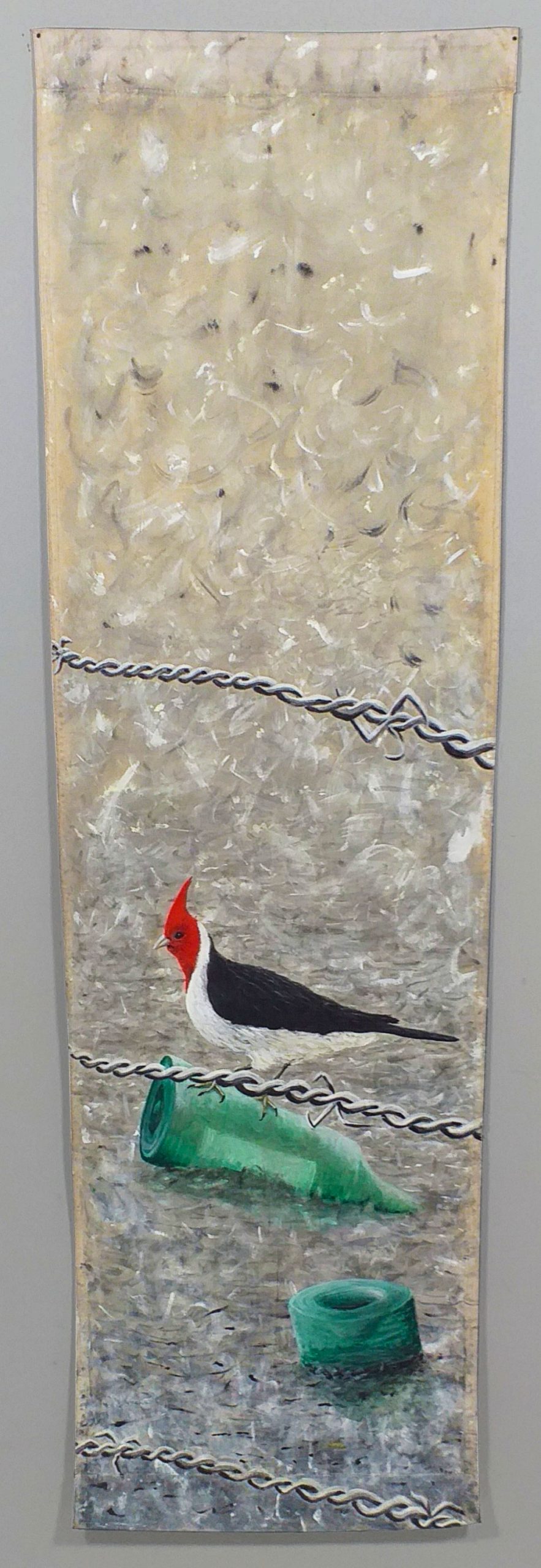The Displaced
For years I was lucky enough to walk through a pristine landscape, on the shores of the Pacific, in Chile’s Valparaíso region. This place is Tunquén. It has a coastline full of energy, cliffs, imposing rocks, big waves, and a secluded beach with fine sand and strong tides that run for almost 2 kilometers.
There is a large wetland on this beach which meets the sea in the winter. Many birds nest here on their seasonal migrations across the continent. For this reason, when walking through the paths of Tunquén with my children, always hearing the loud sea and breathing the fresh and sometimes salty breeze, we saw countless birds. It was their territory!
I was attracted to this land because of the proximity of the sea for swimming and the views from the cliffs over the breakers, since my most recurrent dream since childhood is to fly over seas, forests and meadows, as if I were a bird.
Over time, more people came to this place, prices went up and pressure from real estate companies began. The wetland received more and more garbage, all-terrain vehicles began to enter the beach, and parceling of the land threatened the habitat of surrounding species.
So, I joined the Fundación Tunquén Sustentable (Sustainable Tunquén Foundation), whose purpose is to protect the entire area, as a Nature Sanctuary.
In that effort, I became aware of how, in so many places, wetlands are disappearing, 64% specifficaly, and becoming semi-landfills, surrounded by wired fence, or directly appropriated by real estate projects. Birds are both witnesses and victims of these processes.
From this, instead of getting rid of some old beach hammocks (or beach chairs), rusted by the sun, humidity and seagull poop, I started to recycle them and painted birds observing these hostile environments that threaten to displace them.


















